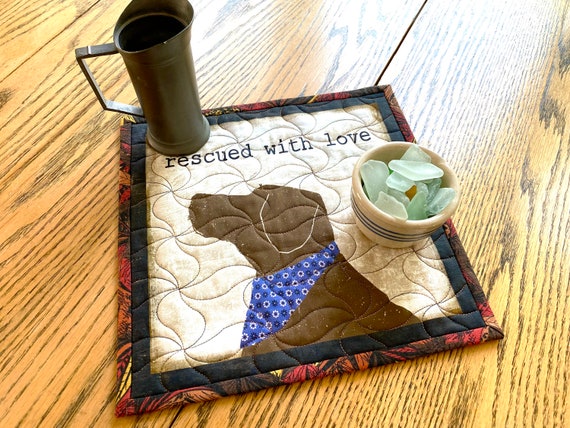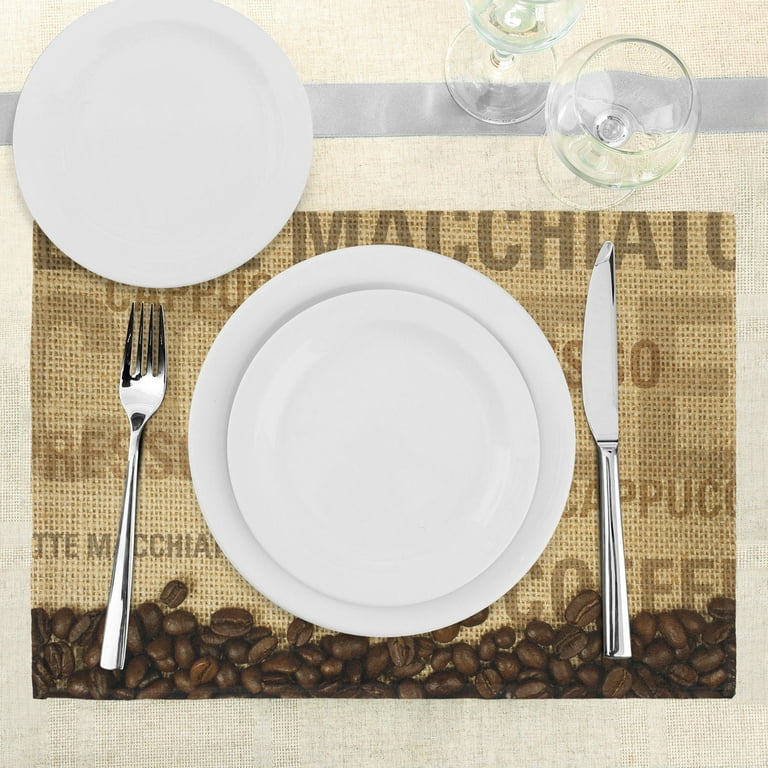The 5-Minute Rule for Unique Art
The 5-Minute Rule for Unique Art
Blog Article
The Buzz on Unique Art
Table of ContentsUnique Art for DummiesUnique Art Fundamentals ExplainedGetting The Unique Art To WorkOur Unique Art Statements
While one could discuss which art kind holds priority, the fact stays that each of these seven types gives a distinct window right into human history, culture, and advancement. They are the tapestries that chronicle our trip, advising us of our past while inspiring visions for the future.Great art work informs a tale, makes people look two times, and creates an unique experience that can't be matched. Art and images communicate all of that via shade, shape and various other design components. Discover how to make your special art work stand out from the crowd.
To bring also a lot more drama, he expanded the paint. The contours, along with a spherical sconce, soften the edges. Frames vintage posters and maps of beloved areas established the scene.
8 TRIA GIOVANEqual components grand and laidback, this foyer developed by Anthony Baratta is the best plan to follow if you're decorating an official entryway that still feels unfussy and comfortable. Patterned textiles take spotlight (see the rugs and the sofa), yet they additionally aid bring the high ceilings to a human range when hung over wallpaper.
Getting My Unique Art To Work
18 Heidi Caillier DesignA gallery wall surface doesn't need to use up the entire area. Occasionally a little one can make a larger design declaration. In this living-room, Hiedi Caillier went with micro-mini frameworks and an arbitrary structure. Advertisement - Continue Reading Below19 Stephen Kent JohnsonDesigner Juan Carretero decided for a deep eco-friendly paint shade to contrast with the light wood surfaces.
The components of this languageits forms, lines, colours, tones, and texturesare utilized in numerous means to produce sensations of quantity, area, movement, and light on a flat surface. These components are incorporated into expressive patterns in order to stand for real or supernatural phenomena, to analyze a narrative theme, or to produce completely abstract aesthetic connections.
Later on the idea of the "fine artist" established in Asia and Renaissance Europe. Popular painters were paid for the social condition of scholars and courtiers; they signed their work, decided its layout and typically its subject and images, and established an extra personalif not constantly amicablerelationship with their customers. During the 19th century painters in Western societies started to shed their social placement and secure patronage.
Facts About Unique Art Revealed
Others made an earnings through exploring exhibits of their job. The need to appeal to an Our site industry had actually replaced the comparable (if less impersonal) demands of patronage, and its impact on the art itself was possibly comparable. Usually, musicians in the 20th century might get to a target market just through commercial galleries and public museums, although their work might have been occasionally replicated in art regulars
For the background of paint in old Egypt, see Egyptian art and architecture. The development of paint in various areas is treated in a variety of articles: Western paint; African art; Central Eastern arts; Chinese painting; Islamic arts; Japanese art; Korean art; Native American art; Nautical art and style; South Eastern arts; Southeast Asian arts. For a conversation of the forgery of masterpieces, see imitation. For a conversation of the function of painting and other arts in religious beliefs, as well as of making use of spiritual icons in art, see religious meaning and iconography. For info on other arts connected to painting, see short articles such as attracting; people art; printmaking. , even when a painting's narrative significance is odd.
Do not replicate the style of various other artists if you're trying to discover your style. Duplicating other people's art work can be terrific in instructional functions yet it will certainly not make you closer to discovering your very own one-of-a-kind style. Your artistic design has to be, what you like and what motivates you.

An Unbiased View of Unique Art
You need to try great deals of about his various choices and check out every little thing prior to you can focus on one specific design or you'll be burnt out, or worse, you'll dislike your very own style. So I recommend you to try every subject that you have an interest in, check out as high as you can. Try various tools that excite you and brand-new strategies you have actually never ever attempted before.
With time you'll have the ability to sort every one of them right into your preferred and least favored groups. Attempt to focus your focus on the subjects and tools that you like and before you see it coming you'll have your very own personal and unique design, like nobody else have! In the end you'll browse around these guys have a few favored topics to repaint and possibly a couple of favorite mediums.

Report this page